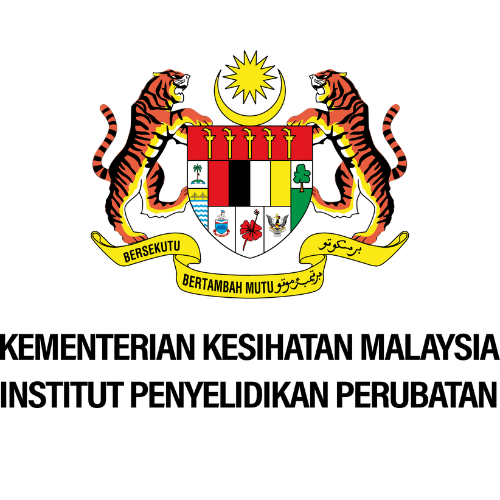Alstonia angustiloba Miq.
Family
Apocynaceae
Synonyms
A. calophylla Miq., Paladelpha angustiloba (Miq.) Pichon.
Vernacular Names
| Malaysia | Pulai (Peninsular), pulai bukit (Sarawak). |
| Indonesia | Pulai hitam. |
| Thailand | Tin pet lek (Songkhla). |
| Brunei | Pulai lilin (Malay). |
Geographical Distributions
Thailand, Peninsular Malaysia, Singapore, Sumatra, Java and Borneo.
Description
Alstonia angustiloba medium-sized to large tree which can reach measuring up to 45 m tall. Its bole is tall, straight, fluted, measures up to 100 cm in diametre, straight buttresses, measuring up to 8 m tall and spreads out at the base for measures about 1.5 m. The outer bark is brown or grey to whitish, rough, fissured and peels off in rectangular flakes. The inner bark is mottled, yellow-brown and with copious latex.
The leaves are in whorls of 4-7(-9), elliptical to obovate, with a size measuring 4.5-22 cm x 2-7 cm, subacuminate or obtuse and with 30-60(-70) pairs of secondary veins. The petiole is 10-20(-30) mm long.
The inflorescence is usually forms 2 umbels above each other, many-flowered and measures with 1-3 mm long pedicel. The sepal is hirtellous while the petal is hairless outside.
The follicles are brownish hairy.
Ecology / Cultivation
A. angustiloba occurs on a wide variety of soils and is common in mixed dipterocarp forest on low hills and undulating land, and in freshwater swamp forest, up to 200 m altitude. It becomes abundant in secondary forest and is apparently a fast-growing light demander.
Line Drawing / Photograph

References
- Plant Resources of South-East Asia No. 12 (2): Medicinal and poisonous plants.



